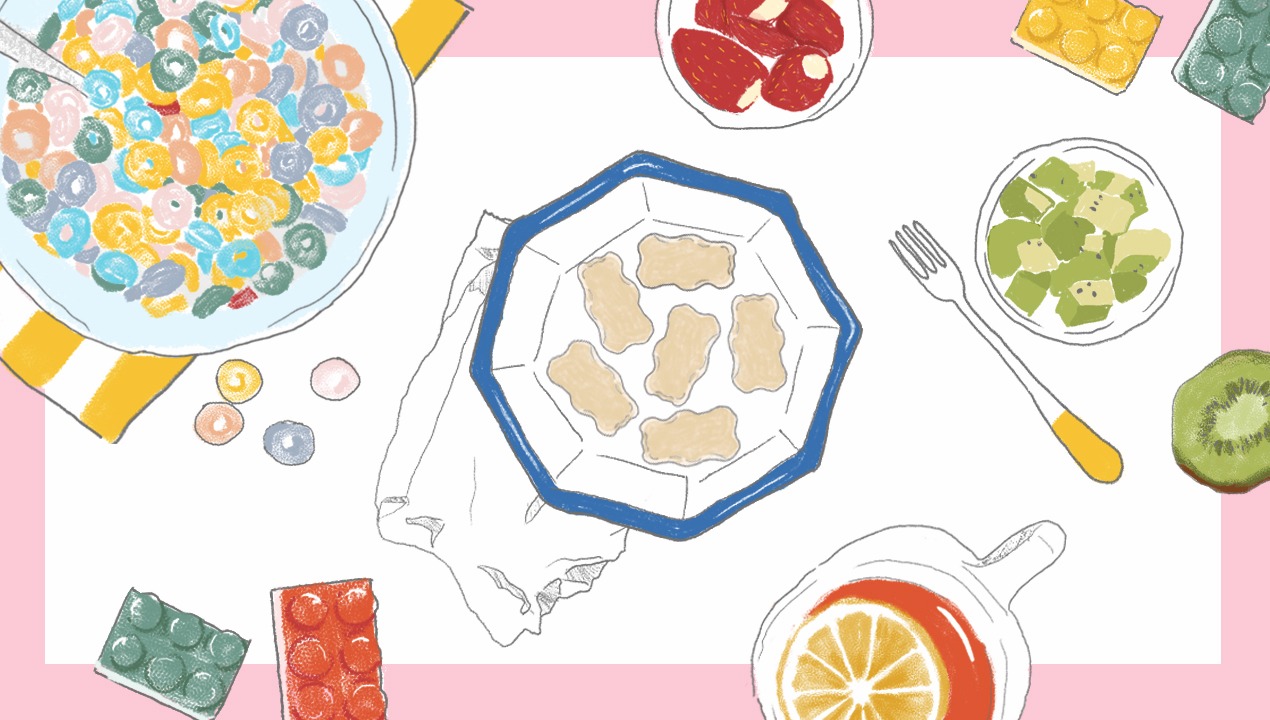For ages, people have been employing different ways to preserve food. One of which is fermentation. The influence of this tried-and-tested process reverberates to this day—from the goblets of the Greeks and the earthenwares of Korea to the pickled jars that your mom stocks in your refrigerator. Fermented foods are well-known for their practical importance as they are for their health benefits.
You are probably aware that our gut is home to millions of bacteria, both good and bad, that play an active role in digestion and nutrient absorption. What eating fermented food does is incorporate more good bacteria into our digestive tract to help combat bad bacteria and improve our gut flora.

Secret to a longer life
Studies have proven various health benefits tied to the consumption of food with live microorganisms apart from micromanaging our intestinal environment. The presence of lactic acid in fermented fruits and vegetables alone aids in the treatment and prevention of some gastrointestinal disorders like diarrhea.
Other benefits are specific to certain types of fermented food. For example, lactic acid-containing kimchi can help prevent the accumulation of fat. Some fermented fruits and vegetables containing antioxidants could prevent certain types of cancers, while fermented milk products are known to reduce cholesterol levels.
Some studies also go as far as linking longevity rates in countries like Japan to their diet, which largely consists of traditional fermented food like miso, tofu, and natto, a breakfast staple made of soybean known for its strong smell and slimy texture, in relation to physical activity and a sound environment.

More than just preserving food
Historically, the process of fermentation has been used to prolong the shelf life of perishable goods at a time when refrigeration was not readily available. Inadvertently, the process does not merely extend the life of food but also gives them distinct flavor profiles
The changes in taste is a result of the breakdown of carbohydrates into simpler forms, which is basically what we end up eating. The process of fermentation also makes food safe from contamination as good bacteria kill food-borne pathogens.
An acquired taste
The resulting product, however, is an acquired taste.
Think for instance of the century egg or sauerkraut. Technically these are derived from products we are familiar with, but fermentation transforms them into healthier versions by enhancing the nutrients available for absorption and fortifying it with prebiotic cultures to alter the flavor. But, if anything, the change in taste, texture, and smell makes fermented food a distinct preference.

An alternative probiotic source
Despite the scientific evidence available, many people, especially children, pass up on the purported benefits of fermented food that weaken their stomachs. Their diets, which are often devoid of fiber-rich fruits and vegetables do not help either. Commercially available substitutes such as yogurts, on the other hand, offer little help as their consistency and texture can be off-putting for children.
But alternative probiotic sources make a strong case for products like Erceflora ProbiBear no matter the age. Set to be commercially available in June, the 2-in-1 probiotic protection for kids’ tummies is designed as a chewable bear-shape alternative to fermented food that contains Lactobacillus acidophilus and Bifidobacterium lactis, or good bacteria found in fermented vegetables and dairy products like cheese and yogurt (but only in small amounts since most of it doesn’t survive pasteurization). These cultures help make children’s stomachs strong and free from bad microorganisms that can cause indigestion and diarrhea.
Some people may take some time to get into the habit of incorporating fermented foods into their diet, much less get used to its strong smell and distinct taste. In the meantime, it’s a good thing there are alternatives that are easily available and easy to consume—all in vanilla-flavored chewables that can last for up to 24 months when stored in a cool environment.
To know more about Erceflora ProbiBear: the 2-in-1 probiotic protection for kids’ tummies, visit their website www.ercefloraprobibears.com.











































